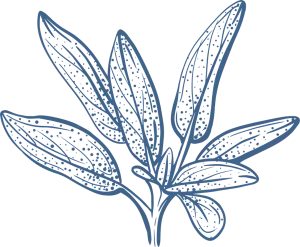Palms of the Eight Trigrams
Baguazhang [八卦掌] is deeply rooted in China's martial and cultural traditions. It emphasises physical fitness, the science of movement, and the harmonious alignment of mind, body, and spirit, building upon old knowledge from the Yi Jing and long-lost Daoist principles.
Developed by integrating martial techniques, meditation practices, Chinese medicine, and Daoist wisdom, Baguazhang focuses on physical strength and inner balance. Through exercises like circular walking and palm transitions, it fortifies the body while raising clarity.

Circular walking holds a central role in Baguazhang, spanning all its styles. This practice, involving walking in circles while cultivating mindfulness and controlled breathing, has significant effects on the body, mind, and nervous system. Understanding these effects, however, primarily comes through engaging in the practice itself.
Bagua as an Internal Art
Baguazhang builds upon principles collectively known as internal aspects. This classification stems from their emphasis on correct body alignment, and the seamless integration of mind and body in every movement. They are considered internal due to their function as a form of internal alchemy, transforming Qi into Jing (Essence). Jing, in turn, supports Qi and Shen (Spirit).

